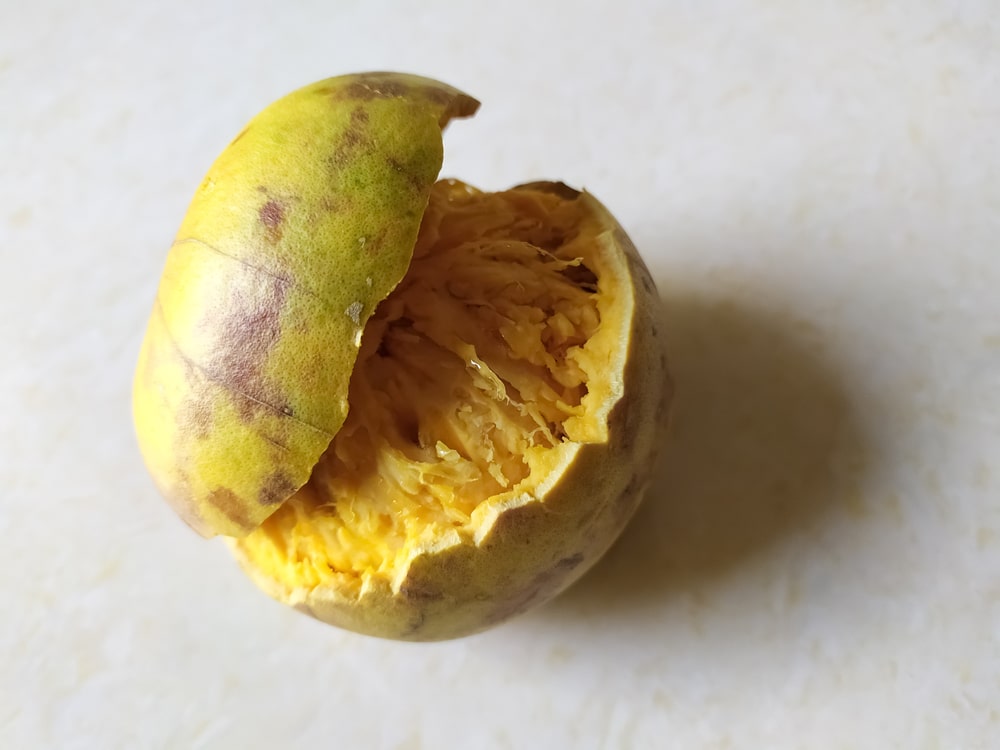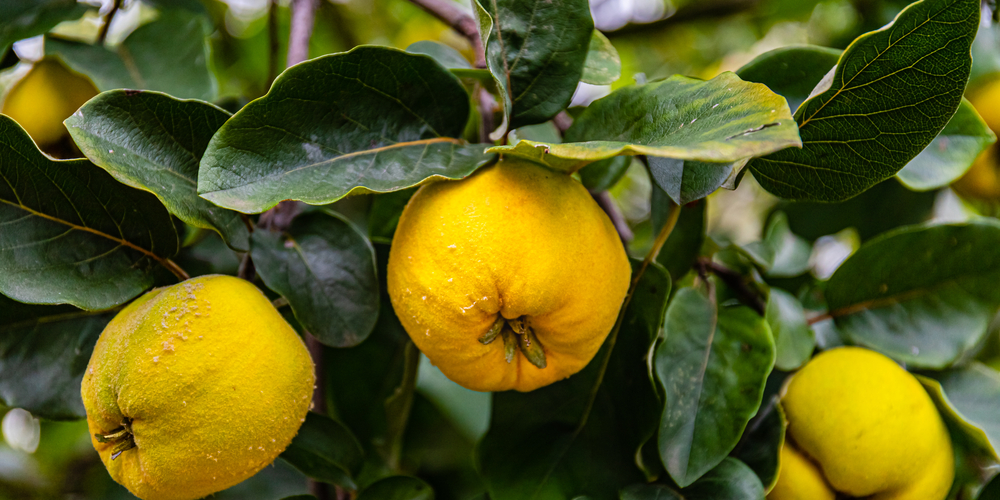You’ve likely been waiting all summer to harvest the beautiful quince growing on your tree. So if you notice that the fruit’s flesh is suddenly cracking, you’re understandably concerned.
We’ll help you understand why quince cracks and what to do about it.
Understanding Quince Fruit Split
You’re not alone if your quince fruit starts to crack; people have termed this phenomena “quince fruit split.” And if you visit other people in your region with quince trees, you’ll likely notice that they’re all experiencing the same issue.
That’s because quince cracking results from too dry of a climate followed by too much rain.
We understand this can be frustrating to quince tree owners, given that these environmental factors are seemingly out of their control. But we’ll share tips for strategies you can implement to reduce the chances of quince fruit split.
How To Prevent Quince Fruit Split
The best way to prevent quince fruit split is by being proactive to ensure the soil around your quince tree doesn’t get too dry. That way, the fruit will be less reactive if it receives a lot of rain after drought-like conditions.
You can prevent quince cracking by implementing the following strategies:
- Water your tree regularly
- Add composted organic matter to the soil
- Place two inches of mulch around the tree’s roots
It’s best to deep water your quince tree every two weeks during moderate to dry weather. Soaking the soil where your quince grows will encourage the roots to penetrate deeper, thus helping it find more water on its own in between waterings.
Adding organic matter around the soil will also help the tree retain moisture and improve its overall health.
Mulch is a unique way to harness these moisture-retaining and nutrient-giving qualities, given that it’ll prevent the soil around your quince tree from drying out while also breaking down into nutrients over time.
The Dangers of Quince Fruit Split
Quince fruit split isn’t inherently dangerous since it happens from an environmental condition, not a disease. Nevertheless, a cracked quince fruit opens the door for numerous pests, bacteria, funguses, and diseases to affect it.
Some of the types of diseases and pests you might find on your cracked quince include:
- Black spot
- Fire blight
- Codling moth
- Quince curculio
Some of these conditions can be difficult to control, especially the first two, which are fungi.
So, before you even see cracked fruit on your quince tree, you should monitor it for signs of disease.
Can you Eat Cracked Quince?
It can be safe to eat cracked quince, as long as pests and diseases haven’t gotten to the fruit first.
You’ll need to use your best judgment when assessing your fruit—if the flesh is rotten, discolored, or has an off-putting smell (more off-putting than raw quince, that is), then you shouldn’t consume it.
Does Quince Cracking Happen Every Year?
The good news is that since quince cracking is an environmental issue with water, each season is a new opportunity to have a healthy batch of fruit.
So, if your quince is cracking this year, it’s not an indication that it’ll happen again next year as long as your quince tree doesn’t experience prolonged periods of dry weather followed by lots of rain.
Go Care for Your Quince Tree
If your quince is already cracking, it’s likely too late to make a difference for the current fruit season. However, you now know how to prevent quince fruit split in the future.
By providing your tree with a steady amount of water, you’ll prevent the jarring impact that a combination of drought and heavy rain can have on its fruit.

